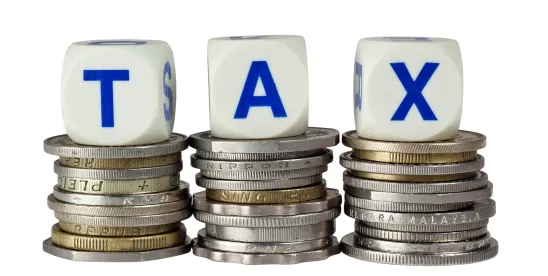The U.S. Department of Treasury, Internal Revenue Service (IRS) and Department of Energy (DOE) announced that the portal for applying for the 2024 low-income communities, or environmental justice, bonus investment tax credit (ITC) is now open.
Applications are due by June 27, at which time the initial application window will close. Applications received between May 28 and June 27 can qualify for the bonus tax credit, and all applications received during this time period will be considered as submitted at the same time and date.
The low-income communities bonus credit program provides an additional 10% or 20% ITC, in addition to the base credit, for wind and solar facilities under 5 megawatts that apply for and are allocated the credit. The 2024 low-income communities bonus credit program is limited to a maximum of ~2.1 gigawatts of solar and wind capacity, which includes the unallocated capacity that carried over from the 2023 program.
Applicants must submit applications for one of four facility categories that are described in Code §1.48(e)-1(b)(2).
| Categories | Megawatts |
| Category 1: Located in a Low-Income Community | 800 megawatts |
| Category 2: Located on Indian Land | 200 megawatts |
| Category 3: Qualified Low-Income Residential Building Project | 224.8 megawatts |
| Category 4: Qualified Low-Income Economic Benefit Project | 900 megawatts |
Categories 1 and 2 are for a 10% bonus for projects located in a low-income community or on Native American land (defined in the Energy Policy Act of 1992), respectively. Categories 3 and 4 are for a 20% bonus for projects that are part of a qualified low-income residential building project, and a qualified low-income economic benefit project, respectively.
A Low-Income Community is generally any metropolitan statistical area where the poverty rate for such area is at least 20%, or, in the case of an area not located within a metropolitan area, the median family income does not exceed 80% of the statewide median family income. Or, in the case of a metropolitan statistical area, the median family income for such tract does not exceed 80% of the greater of statewide median family income or the metropolitan area median family income.
A Qualified Low-Income Residential Project is a residential rental building that participates in a covered affordable housing program, such as various programs administered by HUD (e.s., Section 8 programs) and USDA.
To qualify for the bonus credit, the financial benefits of the electricity produced by the solar or wind facility must be allocated “equitably” among the occupants of the dwelling units of such building. The U.S. Treasury has provided additional guidance on what “equitably” means.
A Qualified Low-Income Economic Benefit Project is one where at least 50% of the financial benefits of the electricity produced by the facility is provided to households with income at less than 200% of the poverty line or less than 80% of the area’s median gross income.
Storage projects installed in connection with a solar project also qualify for the low-income communities bonus, but not stand-alone storage projects. A project receiving an allocation for the low-income communities credit program must be placed in service within four years of the date it receives the allocation.



 />i
/>i
